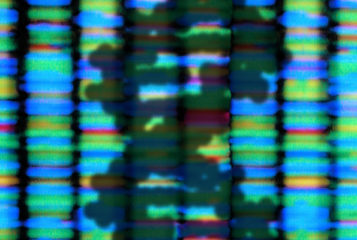US researchers have used the CRISPR/Cas9 system to target hepatitis C infection in human cells.
Researchers from Emory University had previously discovered a kind of Cas protein called FnCas9 that can reduce the amount of protein a gene produces by binding to the intermediate mRNA (messenger RNA). In this new study they demonstrate that this Cas enzyme can be co-opted to target the RNA genome of the hepatitis C virus (HCV), resulting in reduced production of viral proteins in human cells.
Using cells grown from a liver tumour, the study showed how DNA encoding the FnCas9 protein and the guide RNA that brings the enzyme to the viral genome were both required to inhibit HCV growth. This prevented expression of viral proteins if the Cas genes were delivered both before or after the cells were infected with HCV, the researchers report in PNAS.
The CRISPR/Cas system uses short guide-RNA sequences to target nucleic acid-degrading Cas enzymes towards specific DNA or RNA sequences. This ability makes it an incredibly versatile scientific tool.
It is hoped that as the CRISPR/Cas system evolved in bacteria to protect them from viruses that infect bacteria, viruses that infect eukaryotes, such as plants and animals, should not have evolved ways to escape their effects. Therefore this technique could theoretically be applied to a number of different medical or research scenarios.
'We can envision using Cas9-based technology to prevent viral infections in transgenic animals and plants, for example,' said senior author Dr David Weiss. 'This is a proof of principle that we can re-engineer Cas9 to target RNA in human or other mammalian cells.'
Weiss commented to BioPharma-Reporter that it is unclear if expressing Cas9 in humans will be safe. 'This is not something we are going to be jumping into,' he said.
However, he suggested that one potential use of the strategy could be in livestock for public health purposes.
'If pigs are infected with a virus, the virus can in some cases be transmitted to humans. You could make these pigs resistant to infection and that would break the cycle of transmission to people,' he said. 'That is one way it might offer an antiviral benefit.'





Leave a Reply
You must be logged in to post a comment.